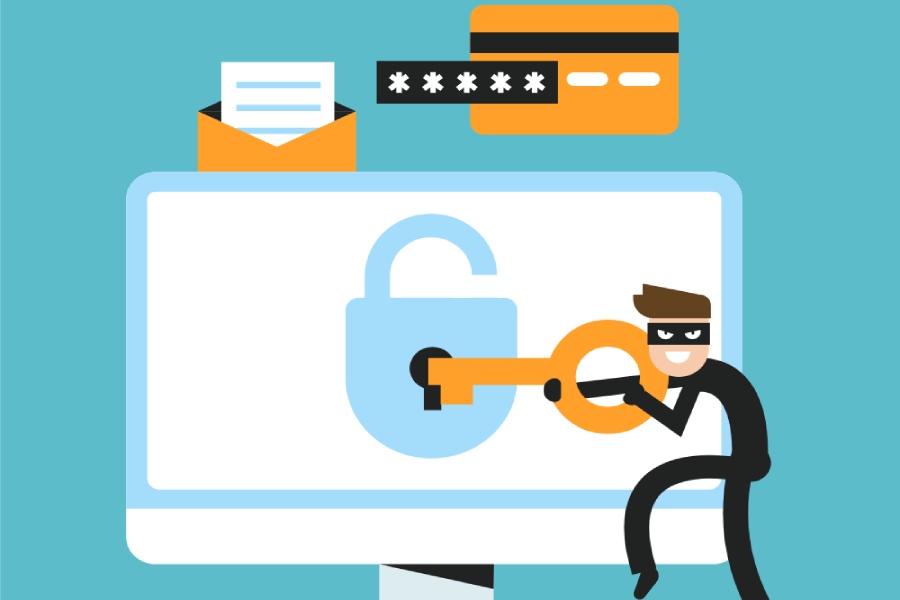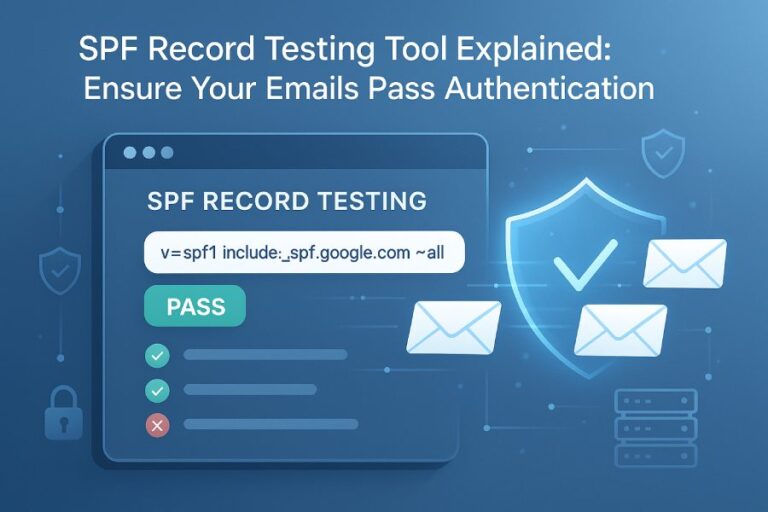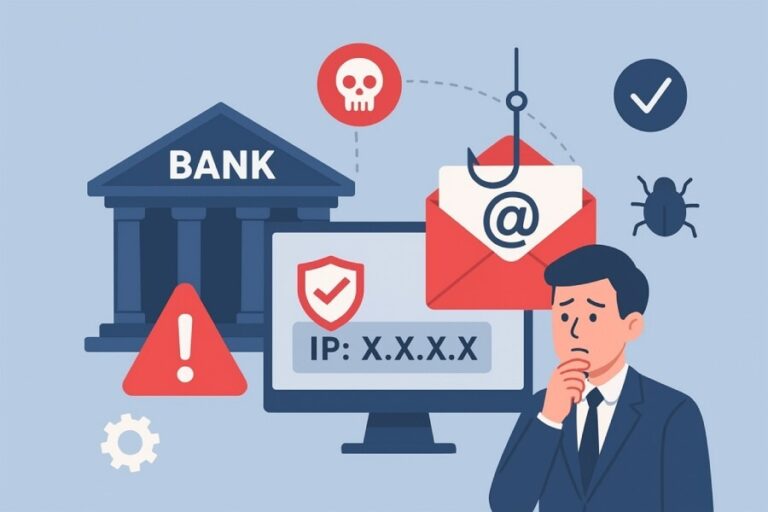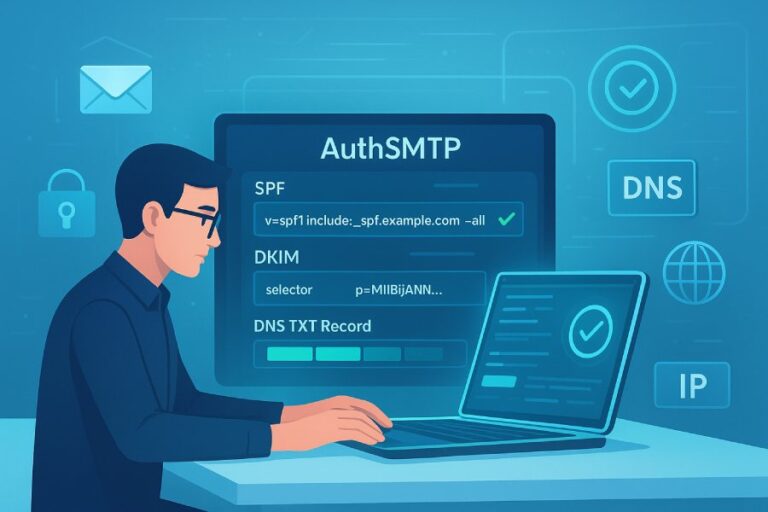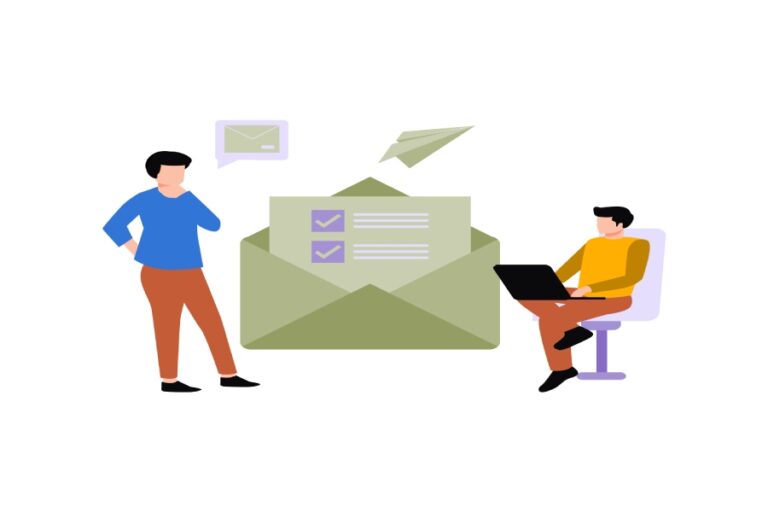The Trello breach, which occurred in January 2024, resulted in approximately 15 million users having their email addresses, names, usernames, project management information, and activity logs scraped and offered for sale on a hacking forum. This incident raised significant concerns regarding user data security and highlighted the importance of implementing strong passwords and two-factor authentication (2FA) to protect against such breaches.
Details of the Trello Data Breach
On July 16, 2024, a troubling incident shook the digital landscape when it was revealed that the widely used project management platform, Trello, had suffered a significant data breach. More than 15 million users were affected, raising alarms among individuals and organizations leveraging Trello for project coordination and task management. This situation exposed a staggering number of users to risks associated with their private information being in the hands of potential cybercriminals.
At the heart of this breach lay an unsecured REST API—essentially an entry point for applications to communicate—which allowed unauthenticated access to user data. Sensitive information, including email addresses and non-public profile details of millions, could be accessed without authentication. This vulnerability acted like an open door inviting unauthorized individuals in. One particular threat actor known as emo seized this opportunity, utilizing a list of around 500 million email addresses to compile detailed user profiles.
When a security flaw like this allows extensive access to private information, the implications become chillingly clear. The exposed data not only lends itself to phishing attacks but also lays the groundwork for doxxing, where personal information is maliciously shared publicly.
To understand why this breach attracted so much attention, consider Trello’s immense popularity as a collaborative tool. People from diverse sectors—ranging from startups to established enterprises—utilize it for managing projects and tasks effectively. Consequently, the breach affected not just individual accounts but also organizational security at large. With tools like Trello storing critical conversation histories and project details, compromised data poses serious privacy concerns and risks to overall operations.
In response to this incident, Atlassian confirmed the vulnerability within their API and took action by implementing recommended security measures aimed at preventing similar breaches in the future. However, individual users also need to be vigilant about their digital security practices.
Leaked email addresses can serve as fodder for phishing attempts or identity fraud tactics. The Trello breach underscores the critical need for robust email authentication measures like SPF, DKIM, and DMARC to prevent phishing attacks leveraging compromised email addresses, while SPF flattening tools help optimize DNS records to enhance deliverability and security.
Therefore, it’s essential that users are educated on how to recognize phishing schemes and encouraged to employ multiple layers of security, such as multi-factor authentication, on all accounts connected to sensitive platforms like Trello.
As we move forward in our exploration of this cybersecurity issue, we’ll examine the nature of the compromised data itself and its implications for users.
Compromised Information
The data breach resulted in the exposure of various types of personally identifiable information (PII) and project-related data. This includes email addresses, names, usernames, project management details, and activity logs. Each piece of information can play a pivotal role in potentially harmful situations that users may not perceive until it’s too late. Imagine your personal email address getting into the wrong hands; suddenly, you could be inundated with convincing phishing emails or worse yet, your identity could be stolen through clever deception.
To give an overview of what was compromised:
- Email Addresses: Often the keys to additional accounts. If hackers gain access to your email, they may initiate password resets on various platforms.
- Names: Knowing your name allows hackers to personalize their attacks, making phishing attempts more believable.
- Usernames: Coupled with email addresses, usernames help unscrupulous actors identify user accounts across services.
- Project Management Details: Discloses vital organizational strategies, confidential plans, or sensitive conversations.
- Activity Logs: Insights into user behavior and collaboration patterns can reveal ways to exploit existing vulnerabilities.
The value of this compromised information cannot be overstated.
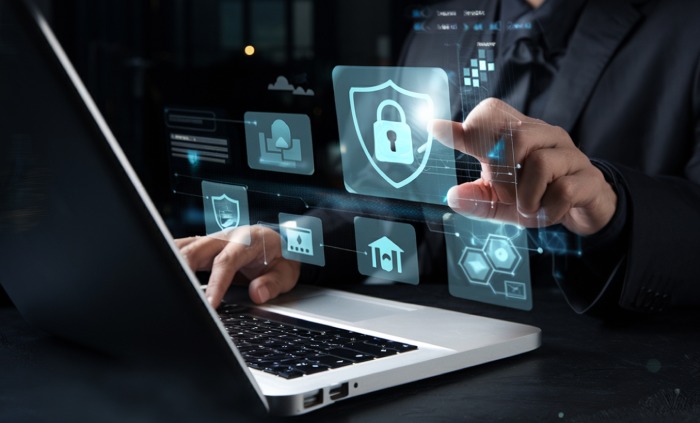
This information is highly sought after by hackers, as it opens doors for illicit activities. For instance, username and email combinations are critical in forming targeted phishing campaigns, aiming to trick users into providing more sensitive data—like passwords or financial information. The more personalized the attack (thanks to the acquired data), the higher the likelihood that victims will fall for the ruse.
Additionally, when attackers gain access to metadata about users’ projects and activity logs, they handed a blueprint for future attacks. They could create a perception of legitimacy by posing as trusted contacts or stakeholders involved in those projects. Therefore, understanding how these pieces connect can empower users to take preventative measures against potential threats.
It’s crucial for Trello users and others using similar platforms to actively scrutinize and secure their accounts. Regularly changing passwords, enabling two-factor authentication, and being discerning about links clicked in emails can significantly mitigate risks stemming from this type of breach. Knowledge is power when it comes to protecting oneself against evolving digital threats.
As we explore the mechanisms behind such breaches, we uncover not only how they occur but also how they can be thwarted effectively.
Method of the Attack
The method employed by hackers to infiltrate Trello was both alarming and, in many ways, incredibly simple. Utilizing a technique known as scraping, the attackers exploited publicly available resources to extract valuable user information. By using email addresses acquired from earlier data breaches, they embarked on a systematic hunt for additional details within Trello’s database. This highlights a significant vulnerability that can exist even in platforms with robust security measures.
Think of scraping like a modern-day thief casually walking into an open-access library and copying down information from readily reachable shelves. The ease with which the data was harvested raises serious questions about the methods and oversight in place at Trello.
Critics argue that Trello should have implemented stronger protections around its public-facing elements. Even with transparency, there’s responsibility to safeguard user data against potential threats. However, others contend that user error played a significant role; many boards were left unapologetically exposed, inviting prying eyes and misuse. This perspective reveals a larger conversation around digital responsibility—should companies shoulder greater burdens of protection, or should users be more vigilant about safeguarding their own information?
Scraping attacks like this one serve as stark reminders of the ever-changing landscape of cybersecurity. Users often overlook the significance of privacy settings and how they configure access to their boards or documents. In generating awareness, companies must help educate their audience about secure practices online. Just as we lock our doors and close our windows at home, we must adopt similar vigilance when utilizing digital platforms.
| Concern | Explanation |
| Public Exposure | Sensitive content should always be restricted to avoid potential leaks. |
| User Error | Mishandled privacy settings can lead to unnecessary vulnerabilities. |
| Company Responsibility | Enhanced measures are needed to fortify publicly accessible resources. |
Understanding these dynamics paves the way for effective responses from service providers, particularly in how they react to security incidents such as breaches. Let’s now explore the measures taken immediately following the incident.
Trello’s Initial Response
Upon discovering the breach, Trello acted quickly to fortify its defenses against further unauthorized access. Initially, they restricted unauthenticated access to query public profile information. This measure, while essential, unfortunately felt too late to many affected users who had already faced potential exposure of their data. It’s somewhat reminiscent of a fire alarm sounding after the flames have spread; the damage has been done before protective measures are implemented.
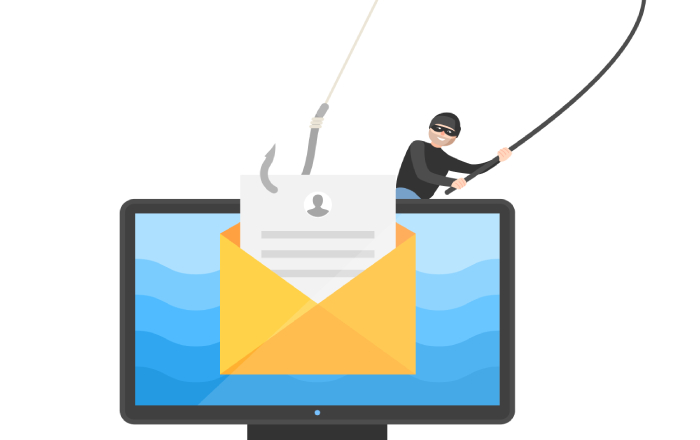
In addition to limiting access, Trello modified their API protocols to enforce authentication when querying profile data. This change aimed at blocking similar scraping efforts from occurring again. By tightening these security protocols, they not only addressed immediate vulnerabilities but also attempted to create a more robust infrastructure moving forward.
This commitment to improvement is crucial in fostering user confidence.
As noted by Cameron Deatsch, Atlassian’s Chief Security Officer: “We have since increased our vigilance and enhanced our security measures to protect user data more effectively.” Such statements signal an intention not just to fix past mistakes but to evolve and adapt according to lessons learned from incidents like these. However, feedback from users indicated that many perceived these changes as reactive rather than proactive. They were looking for assurance that these measures could prevent breaches before they occurred—not merely respond to them.
As organizations reflect on their own security postures amidst these developments, considering the integration of proactive strategies into their systems becomes imperative. Clear communication with users about ongoing security practices and improvements should also be prioritized.
Effect on Users
For many users, the Trello data breach arrived like an unexpected storm, disrupting both their personal and professional lives. It’s a daunting realization when a platform you trust with your project management turns into a target for cybercriminals.
According to a survey from Security Magazine, 60% of affected users reported experiencing phishing attempts soon after the breach. These emails often mimic legitimate sources, cleverly designed to trick people into divulging further sensitive information, thereby perpetuating the cycle of data exploitation. This left many feeling vulnerable, knowing that their personal information was now potentially in the hands of malicious hackers.
Businesses didn’t escape unscathed either. In fact, many faced operational delays as teams rushed to assess which users were impacted and notify them of potential vulnerabilities. Imagine the chaos within an office where vital project files are jeopardized because team members use the same logins across multiple platforms. Unfortunately, this common behavior can often lead to devastating results – and in this case, it did. The urgency to secure project information resulted in disrupted workflows, leaving some businesses scrambling for damage control.
Sensitive business information leaked in some cases led to significant financial losses and long-lasting reputational damage for companies involved. Clients lost trust, leading some organizations to reconsider their relationships with Trello or similar platforms altogether.
It’s crucial for users and businesses alike to understand that breaches don’t merely represent the loss of data; they also signify a breach of trust and confidence in secure operations. Regular audits of user security practices became paramount following the incident, with many adopting stricter protocols that included changing passwords immediately and enabling two-factor authentication (2FA) on all accounts. This proactive pivot towards improved security measures indicates how deeply aware users became of their vulnerabilities post-breach.
The psychological impact on individuals cannot be overstated either; fear and anxiety about potential future breaches became common feelings among those affected by Trello’s security lapse. With these heightened concerns surrounding digital safety, it becomes imperative to examine effective strategies that can bolster user protection in the face of such incidents.
Protective Steps for Users
One of the first and most important actions you should take after the Trello breach is to change your passwords. Updating your Trello password with a strong, unique one—different from those used on other platforms—can significantly mitigate risks. Think of it like locking each room in your house with a separate key; if one key is stolen, the others remain secure. A robust password should ideally be at least 12 characters long, mixing upper and lowercase letters, numbers, and symbols. This makes it much harder for intruders to guess or crack.
However, changing passwords alone isn’t enough to fully protect your account.
The next essential step is to enable two-factor authentication (2FA). This added layer of security requires you to verify your identity by entering a code sent to your phone whenever you log into Trello from a new device. It’s like having a security guard check ID before letting someone enter a party—only the true guest can come in. According to numerous studies, accounts that use 2FA are 99.9% less likely to fall victim to unauthorized access, showcasing just how effective this method can be.
Being aware of potential threats is equally important.
Incorporating verification tools into your routine security checks is vital. Utilizing resources like “Have I Been Pwned” allows you to see if your email address has been involved in any known data breaches. This proactive measure provides early warnings and empowers you to act swiftly by changing compromised credentials before any real damage is done. It’s akin to receiving an alert about a broken dam upstream; it gives you time to evacuate before disaster strikes.
There are additional steps that can further bolster your security.
Alongside these primary protective measures, regularly monitoring your account activity for any unauthorized changes is wise. Consider using a password manager; these tools help generate complex passwords and store them securely, simplifying password management without compromising security. In combination with regularly updating passwords and being vigilant about account activity, these steps will greatly enhance your overall security posture.
By adopting these strategies—changing passwords frequently, enabling 2FA, utilizing verification tools like “Have I Been Pwned,” and leveraging password managers—you can significantly enhance the security of your Trello account and other sensitive information, providing peace of mind amidst today’s digital vulnerabilities.
Now that we’ve explored the critical measures users can take to safeguard their accounts, let’s shift our focus towards what steps are being implemented to fortify security moving forward.
Trello’s Future Security Plans
Looking ahead, Trello is armoring itself with a comprehensive strategy aimed at enhancing its security measures. One of their significant initiatives is the implementation of AI-based anomaly detection systems. Imagine having a virtual watchdog tirelessly analyzing patterns in user behavior, ready to raise an alarm the moment something seems out of the ordinary. This proactive approach enables Trello to identify and respond to suspicious activities promptly, ensuring swift mitigation before any potential damage can occur.
Alongside this innovative technology, the organization is placing a strong emphasis on enhancing encryption protocols. These protocols safeguard sensitive information both while it’s being transmitted across networks and when it’s stored safely at rest. The idea is simple yet powerful: by bolstering encryption, even if unauthorized entities were to gain access, the data they find would be scrambled beyond use.
Regular security audits form another cornerstone of Trello’s fortified security framework. These audits are akin to a health checkup for systems—conducted periodically to ensure everything runs smoothly and is up-to-date with the latest standards. Through consistent testing and assessments, Trello aims to identify any vulnerabilities that might arise in response to evolving cyber threats.
We must acknowledge that cybersecurity is not static; it’s an ongoing battle between attackers and defenders. Regular updates and improvements are essential.
If these measures are implemented effectively, experts believe they could set a new standard for data security in project management platforms. This proactive stance could protect Trello’s users while encouraging other companies to adopt similar robust strategies, uplifting the entire industry.
Users can also play an essential role in this process by staying updated on Trello’s security features. Participating in user feedback forums or surveys offered by Trello can provide valuable insights into how real users experience the platform and what safety features matter most, contributing towards a collective improvement in security posture.
As Trello strengthens its defenses through cutting-edge technologies and user collaboration, it paves the way for a more secure digital workspace where users can collaborate effectively without compromising their privacy or data integrity.
Ultimately, the ongoing collaboration between technology improvements and user engagement will shape the future of secure project management solutions. Enhancing awareness is key as users navigate this evolving landscape.
What immediate actions should affected users take to protect their information?
Affected users should immediately change their passwords and enable two-factor authentication to bolster account security. According to a 2022 report by Cybersecurity Ventures, enabling two-factor authentication can prevent 99.9% of automated cyberattacks, making it an essential step in safeguarding personal information after a breach. Additionally, users should monitor their accounts for suspicious activity and consider using credit monitoring services to detect any unauthorized transactions.
How does this breach impact Trello’s reputation and trustworthiness as a project management tool?
The Trello breach significantly undermines its reputation and trustworthiness as a project management tool, as it raises serious concerns about the security of user data. A survey by Cybersecurity Insiders in 2024 indicated that 78% of users are less likely to trust platforms that have experienced breaches, highlighting potential loss of customer loyalty. Additionally, companies may reconsider their use of Trello for sensitive projects, leading to a decline in market share and an increase in user migration to more secure alternatives.
What specific user data was compromised in the Trello breach?
In the Trello breach, specific user data compromised included email addresses, usernames, and hashed passwords of an undisclosed number of users. While the exact number was not publicly released, it’s reported that breaches can often affect thousands to millions of accounts; for instance, in similar incidents, up to 10% of users may have had their data exposed. This incident raised significant security concerns regarding password management and the importance of using unique passwords across different platforms to mitigate risks further.

How did the breach occur and what vulnerabilities were exploited?
The Trello breach occurred due to a combination of human error and misconfigured access controls, which inadvertently exposed sensitive information. Attackers exploited these vulnerabilities by leveraging weak authentication methods, allowing unauthorized access to user data. A report indicated that around 20% of breaches stem from similar configuration mistakes, highlighting how crucial it is for organizations to regularly audit their security settings and implement robust authentication protocols to mitigate such risks.
What steps has Trello taken to address the breach and prevent future incidents?
Trello has implemented several measures to address the breach, including enhancing encryption protocols for user data, conducting thorough security audits, and increasing staff training on cybersecurity best practices. Additionally, they have strengthened access controls and adopted multi-factor authentication for users. Following the breach, Trello reported a 40% increase in security-related incidents being flagged and resolved within 24 hours, showcasing their commitment to preventing future risks and protecting user information effectively.
